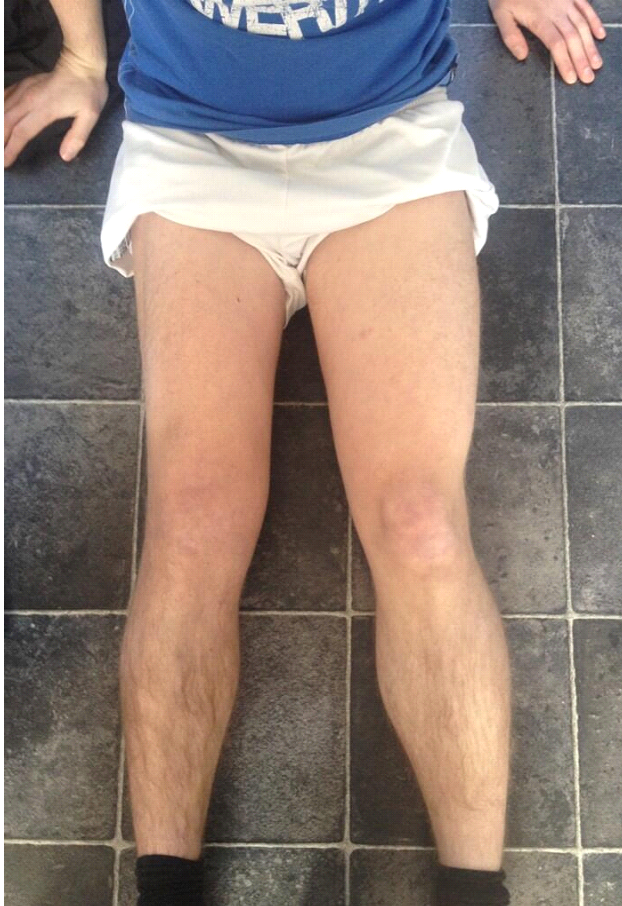Muscle Atrophy Symptoms, Causes, Diagnosis and Treatment

What Is Muscle Atrophy?
It is a medical condition wherein mass of the muscle tends to decreases. This muscle wasting can be either partial or complete. As the ability to apply force is basically related to mass, the condition can lead to weakening of muscles. It can greatly impact the life of sufferers as they may find specific tasks difficult to perform.
Clearly, there are two forms of muscle atrophy:
- Disuse atrophy: It arises due to insufficient physical activity. Moreover, in many instances, it is sourced by the lack of muscle movement. Individuals those have seated jobs or suffer from some health conditions known to reduce activity levels or restrict movement tend to lose their muscle tone, resulting in atrophy. Fortunately, Disuse atrophy is reversible with good nutrition and exercise.
- Neurogenic atrophy: it is an aggressive form of muscle atrophy and arises due an injury or disease of the nerve which connects to your muscles. Examples of such diseases are polio, neuropathy, Guillain-Barre syndrome, amyotrophic lateral sclerosis. The specific type of muscle atrophy can occur more suddenly, as compared to disuse atrophy.
What Are The Alternate Names Of Muscle Atrophy?
Muscle atrophy is also known by the following names:
- Atrophy of the muscles.
- Muscle wasting.
What Are The Symptoms Of Muscle Atrophy?
Few common symptoms of muscle atrophy include:
- Facial weakness.
- Balance problems, frequent falls.
- Difficulty with swallowing, speaking and walking.
- Extreme weakness.
- Impaired coordination and balance.
- Loss of muscle coordination.
- General stiffness.
- Fatigue.
- Progressive numbness and weakness in legs.
- Tingling or numbness in legs or arms.
- Paralysis.
What Causes Muscle Atrophy?
Few instances tend to arises normally as people age. However some other triggers can include:
- Burns.
- Amyotrophic lateral sclerosis.
- Alcohol-associated myopathy.
- Gullain-Barre syndrome.
- Stroke.
- Spinal cord injury.
- Rheumatoid arthritis.
- Polio.
- Osterarthritis.
- Immobilization.
- Muscle diseases such as muscular dystrophy.
- Diabetic neuropathy.
- Malnutrition.
- Long-term corticosteroid therapy.
- Injury.
How Is Muscle Atrophy Diagnosed?
During the visit, the doctor will conduct a thorough physical examination of the patient and will ask him to detail regarding his symptoms and medical history. He or she can then suggest the following tests in order to confirm its diagnosis:
- X-rays.
- Nerve conduction studies.
- Nerve or muscle biopsy.
- MRI scans.
- EMG.
- CT scans.
- Blood tests.
How Is Muscle Atrophy Treated?
Few treatment options of muscle atrophy include:
- Ultrasound therapy.
- Physical therapy.
- Surgery for treating acontracture (rarely).
Prevention:
In order to minimize the risk of muscle atrophy, one must act on the following:
- Eat a diet sufficient in protein.
- Keep moving, use your muscles.
- Avoid prolonged sittings.
- Eat right, on time!
- Exercise daily for minimum 25 minutes a day.
- Perform weight training exercises.
- For bed-bound patients, essential amino acid supplement leucine is an ideal way to prevent muscle atrophy.
- Consume a low-sugar diet.
By : Natural Health News




